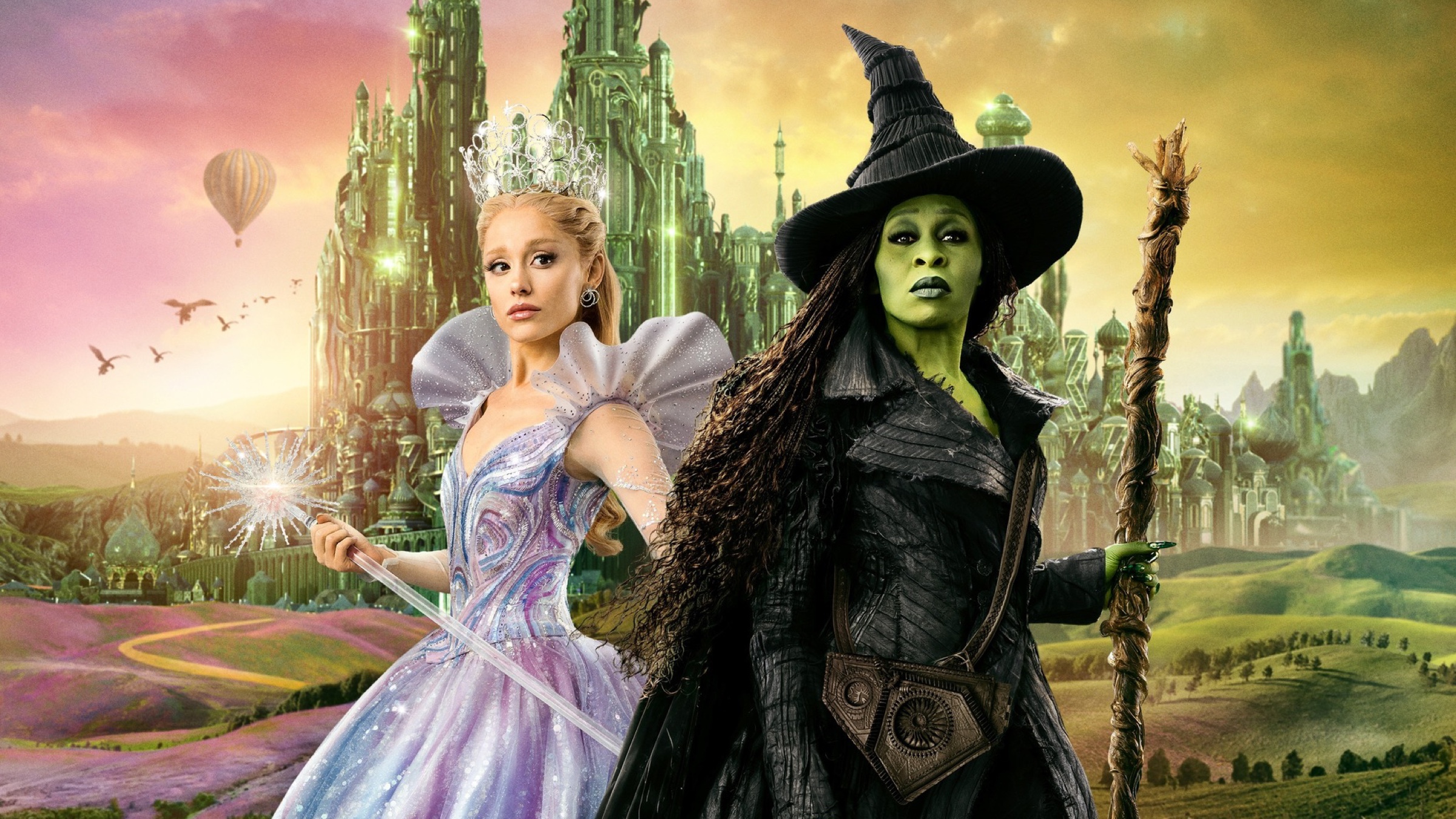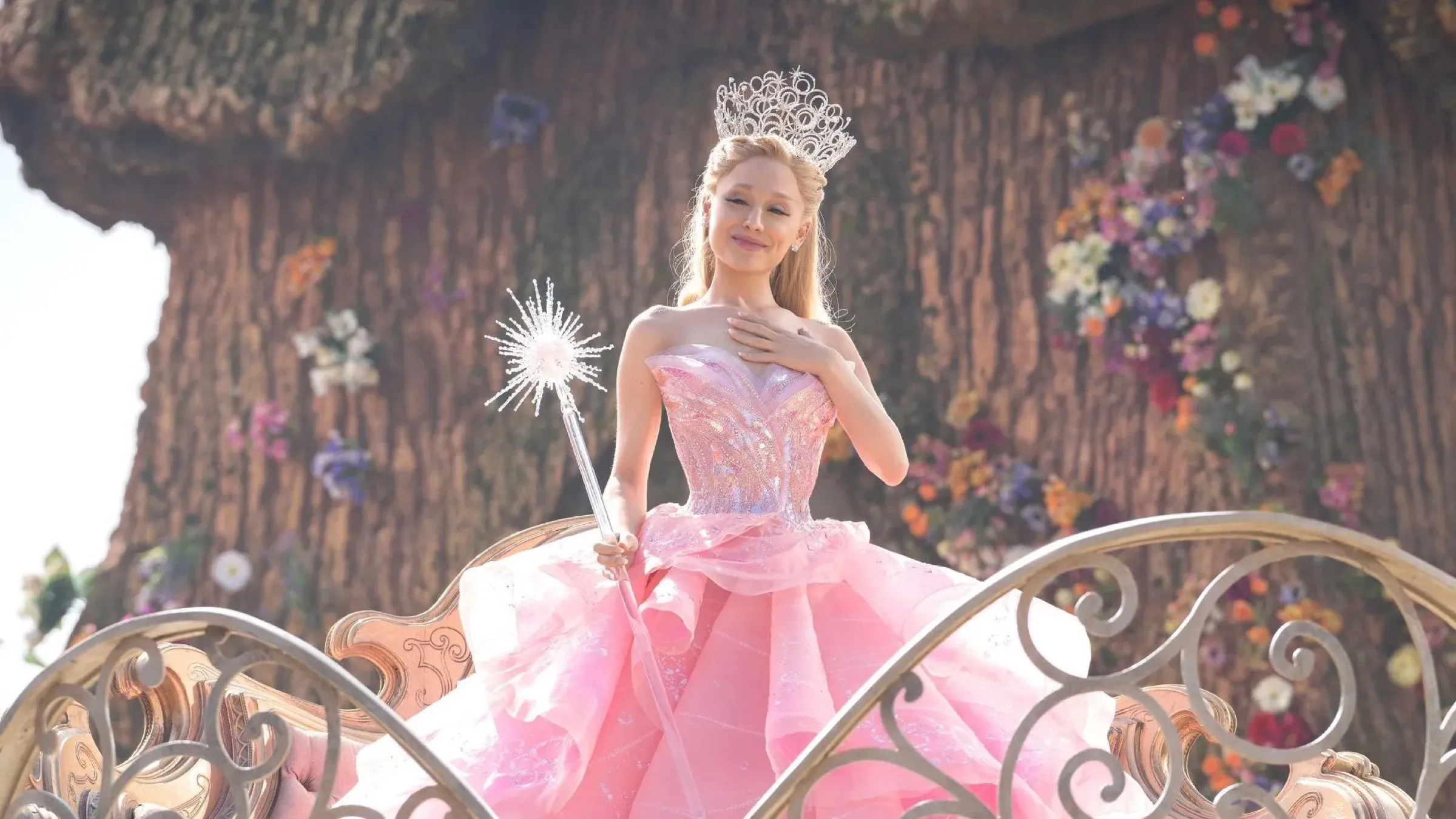
When Universal Pictures announced the movie version of the popular musical Wicked would be released in two parts, many fans weren’t happy. Online, there was a lot of discussion about whether splitting the film was truly needed or simply a way for the studio to earn more money. Director Jon M. Chu chose to structure the movie like the Broadway show, ending the first part right after the famous song “Defying Gravity.” Many fans saw this as a money-grabbing move, wondering why the story would be interrupted at such a powerful and exciting moment.
With excitement building for the release of Wicked: For Good, the decision to split the story into two films now makes perfect sense. The year-long gap isn’t a pause in the narrative, but a deliberate choice to give audiences time to reflect on Elphaba’s actions and the long-term impact on the characters. Rather than a departure from the original story, it’s a way to emphasize the emotional weight and political themes that will unfold in Oz.
The Year-Long Gap Between Films Serves as a Chance to Process the Changes to Come

The success of Wicked depends on convincingly showing Elphaba’s journey from an optimistic student to the infamous “Wicked Witch of the West.” Her decision to leave Shiz University, expose the Wizard’s deceit, and embrace her new identity isn’t just the end of the first act – it’s a pivotal moment that completely changes her life and her relationships, particularly with Glinda. The show then jumps forward a year in just a few minutes. Elphaba is now a wanted rebel, Glinda is engaged to Fiyero and working for the Wizard, and their once-close friendship is strained by political differences. To help the audience understand this rapid shift, the musical uses songs like “A Sentimental Man” and a reprise of “I’m Not That Girl” to fill in the missing details and connect the two time periods.
The energy of the stage show works perfectly in a live theater setting, but simply filming it wouldn’t be as effective. A two-hour movie version could lessen the impact of the significant time jump within the story. Unlike live theater, film needs careful pacing to make such a large shift in time feel realistic. If the movie follows the Broadway schedule, letting a full year pass – an entire seasonal cycle – between the moment Elphaba causes the lights to go out in the Emerald City and when she flies off, would make the wait for the second film a key part of the movie experience. It would force us, the audience, to think about what a year apart truly means for Glinda and Elphaba, especially with one now seen as a villain and the other trapped by her fame.
When Wicked: For Good comes to theaters on November 21, 2025, seeing the characters after years of hardship will be especially moving. Because the audience will have experienced the story alongside them, the passage of time will feel real. The reunion between Elphaba and Glinda will feel genuinely heartfelt, like a true reconnection after a long and difficult separation, rather than a simple stage trick.
Realistically, telling the complete story in a single movie would require at least four hours. While dedicated fans might be willing to commit that much time, most moviegoers – even those who love the original material – wouldn’t want to watch something so long and complex.
The Two-Part Structure Allows for Necessary World-Building and Character Depth

Another key reason for dividing the story is to fully delve into the complex political and ethical ideas present in the original material. Wicked isn’t simply a tale of friendship; it offers a critique of how propaganda works, how scapegoating happens, the dangers of rising fascism, and the importance of who controls the historical narrative. When presented as a stage show, many of the subtle but crucial details that build this world—such as the growing mistreatment of the Animals or the Wizard’s true power—are often rushed through or delivered quickly in songs and dialogue, making them easy for audiences to overlook.
As a huge fan, I think a second movie would be amazing because it would let them really dig into Elphaba and Glinda’s friendship, especially that incredibly moving moment in “For Good.” In the stage version, that song is their heartbreaking goodbye. But in a film, if they streamlined some of the plot, they could use that extra time to show us why Glinda’s actions, even with good intentions, hurt Elphaba so much, and why Elphaba’s decision was so devastating for both of them. It would make their connection even more powerful.
Splitting the story into two parts isn’t just to give it space to unfold; it’s to carefully build the audience’s emotional investment before the much bigger challenges of For Good begin. This ensures that the tragedy introduced in The Wizard of Oz feels as powerful and impactful as it should.
What do you think? Leave a comment below and join the conversation now in the ComicBook Forum!
Read More
- Hazbin Hotel season 3 release date speculation and latest news
- FC 26 reveals free preview mode and 10 classic squads
- Dancing With The Stars Fans Want Terri Irwin To Compete, And Robert Irwin Shared His Honest Take
- Red Dead Redemption Remaster Error Prevents Xbox Players from Free Upgrade
- Where Winds Meet: Best Weapon Combinations
- Meet the cast of Mighty Nein: Every Critical Role character explained
- Where Winds Meet: How To Defeat Shadow Puppeteer (Boss Guide)
- Is There a Smiling Friends Season 3 Episode 9 Release Date or Part 2?
- Walking Towards State Estimation: A New Boundary Condition Approach
- Where to Find Tempest Blueprint in ARC Raiders
2025-11-14 02:14